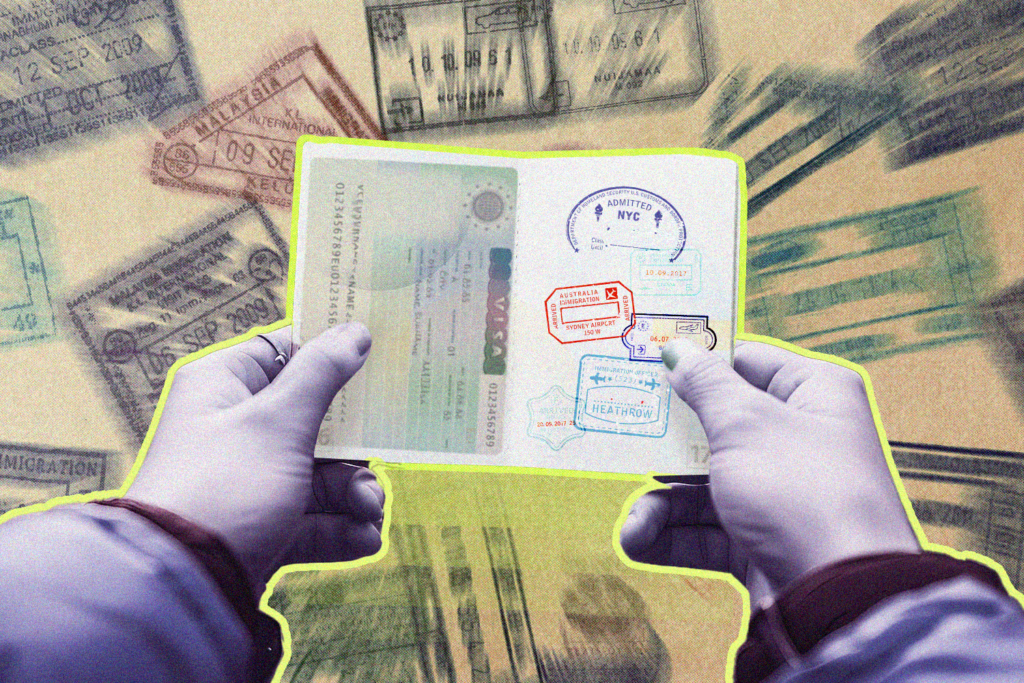Visas have long been a headache for travelers, with stringent requirements and long processing times often limiting their travel options. However, recent changes in visa policies around the world are making it easier for people to explore new destinations. Digital platforms have replaced paper applications, offering quicker and more efficient processing. Many countries have introduced more flexible visa categories, expedited services, visa waiver programs, or eased entry requirements. According to the UN Tourism’s Tourism Visa Openness Report, the need for traditional paper visas has significantly decreased, opening up more opportunities for travelers.
Countries are recognizing the potential benefits of relaxed visa policies and are making efforts to attract more tourists. The Gulf Cooperation Council and Thailand, for example, are planning to introduce unified visa systems to facilitate travel in their regions. Sri Lanka recently launched a pilot program offering free 30-day tourist visas on arrival to citizens from 35 countries to boost tourism. Malaysia also introduced a visa-free policy for Chinese and Indian tourists, resulting in a significant increase in visitor numbers. Vietnam saw a surge in tourist arrivals after implementing e-visas for all nationalities.
While some countries are making strides in easing visa requirements, others still face challenges, particularly travelers from low- and middle-income countries. Visa barriers disproportionately affect those from developing nations and come at a steep cost to these travelers. The U.S. has been working to address visa issues, with initiatives like waiving interviews for select applicants and extending visa interview waiver authority. While wait times for visas in some countries remain high, the State Department has been making efforts to reduce processing times and increase visa approvals.
Thailand is actively revitalizing its tourism sector by expanding visa-free and visa-on-arrival schemes for visitors from 93 countries. These measures have already stimulated tourism, attracting millions of international tourists to the country. China has also seen a surge in inbound and outbound travel due to its relaxed visa policies. Destinations that have made concessions on visas, like the UAE, Thailand, Malaysia, and Morocco, are attracting more Chinese tourists. India is emerging as a key player in outbound tourism, with annual growth of 11%. The country’s visa-free access to several countries has led to a significant increase in travel bookings to nearby destinations.
The relaxation of visa rules is not only benefiting individual travelers but also impacting industries like weddings and tourism. Countries like Thailand and Sri Lanka have seen a boost in tourism after waiving visa requirements for Indian travelers. With more opportunities for international travel, destinations are working to attract Indian tourists and tap into this lucrative market. The ease of obtaining visas has also led to a rise in short getaways and frequent escapes, catering to young working professionals and last-minute planners. Overall, the evolving landscape of visa policies is reshaping global travel and opening up new opportunities for travelers to explore the world.


